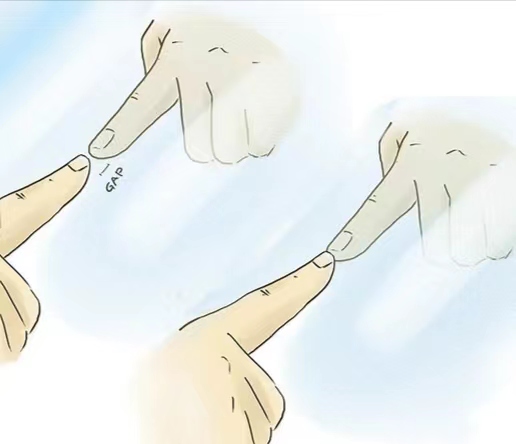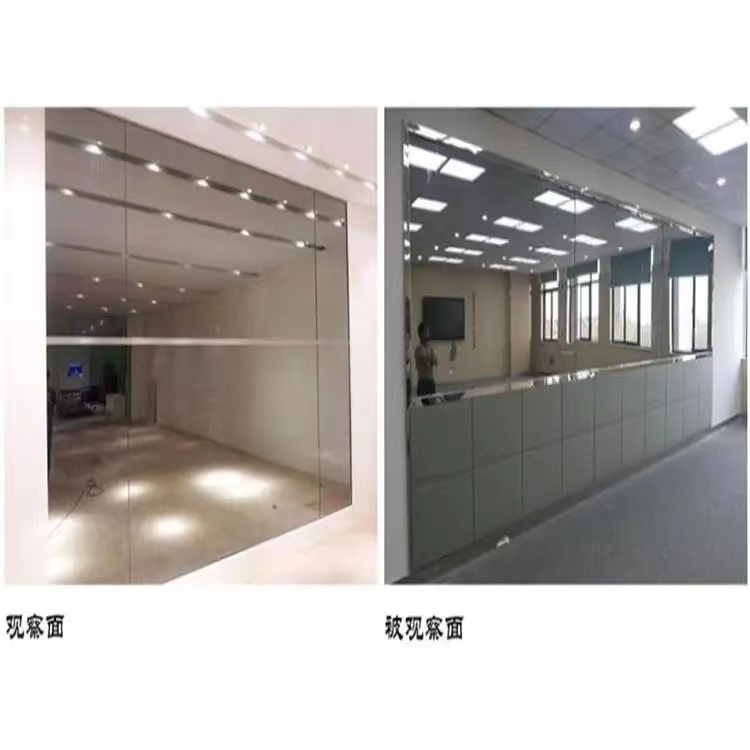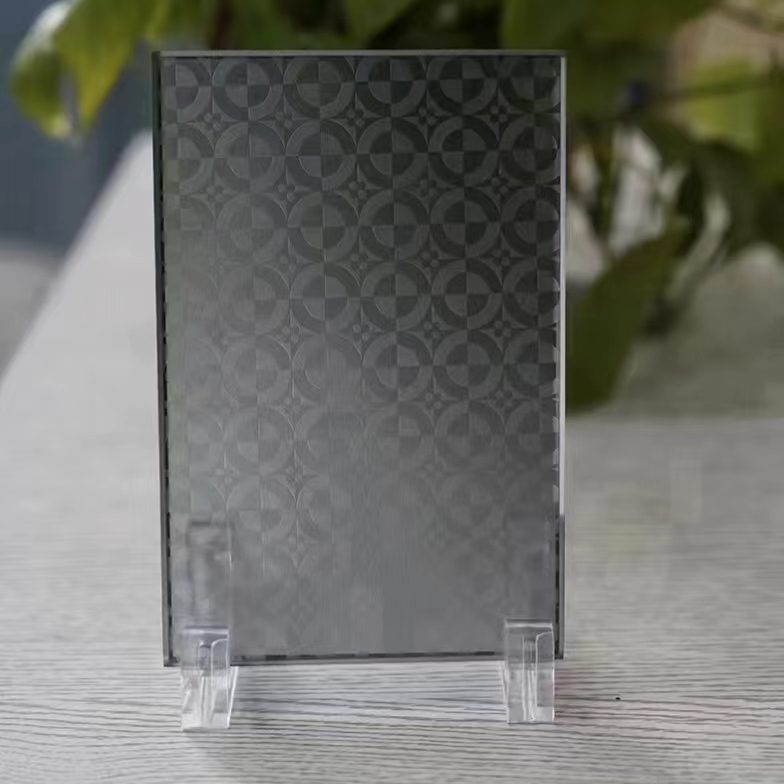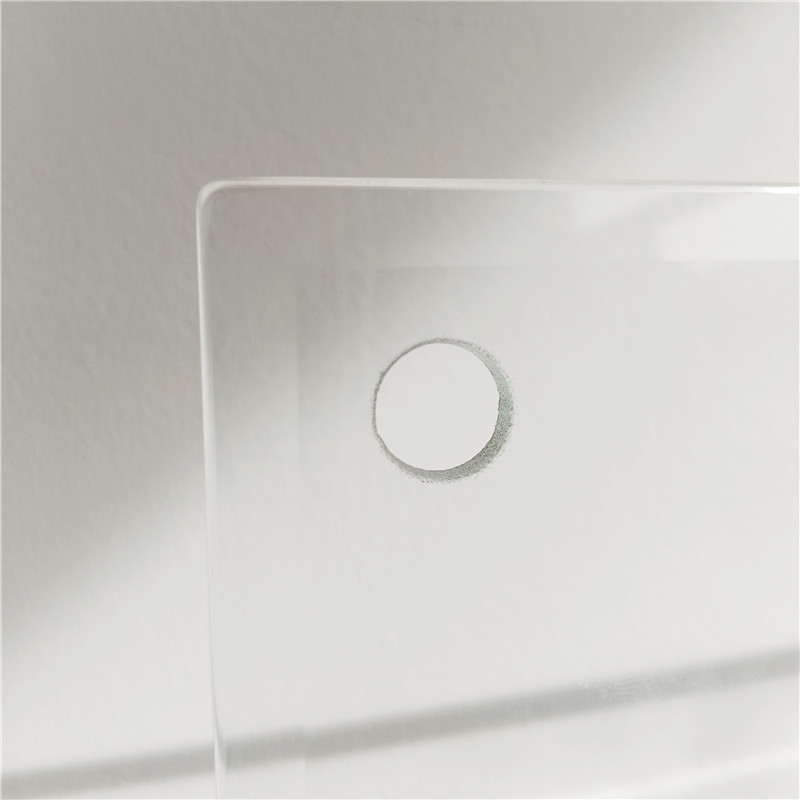One-way Morrir glass For One-way Perspective Glass, Single-sided Mirror, SLR Glass, Mirror Glass
One-way glass is actually short for one-way perspective glass, also known as single-sided mirror, SLR glass, mirror glass, etc. It is a glass with a high reflectance to visible light. When the one-way perspective glass is used, the reflective surface must be the light-facing surface (that is, the space to be monitored), and the observation surface faces the location of the monitor.
Appliction
One-way perspective glass is mainly suitable for concealed observation Windows, holes, etc. Widely used in public security bureaus, detention centers, prisons, courts, karaoke, offices, school observation classrooms, mental hospitals, nuclear power plants, military security departments and other places.
Classification
According to the structure, one-way glass can be divided into two categories: ordinary one-way glass and explosion-proof one-way glass. The ordinary one-way glass is mainly 5-6 centimeter-thick, and the reinforced one-way glass is mainly 10-12 centimeter-thick. The most significant feature of the explosion-proof one-way glass is that it has high-strength explosion-proof and antiknock functions, which is the mainstream product in the market.
1, one-way glass is divided into positive and reverse sides. The front side is a glass mirror, used to reflect light, and the front side should be oriented towards the monitored room when installed; Turn the reverse side towards the judge’s position.
2, the light intensity of the monitored room should ensure sufficient brightness, the brighter and stronger the light of the monitored room, the more obvious the one-way perspective effect of the glass. When the lighting intensity of the monitored room is greater than the lighting intensity of the monitored room, the one-way perspective glass is similar to an ordinary mirror, and the monitored room can not see the people and objects in the monitoring room, but the monitor in the monitoring room can clearly see the every move of the monitored room. When the lighting intensity of the monitoring room and the monitored room is consistent, the monitoring room can see the people and objects in the monitored room, and the monitored room may also see the figures of people and objects in the monitoring room. Therefore, when the one-way glass is installed, it is necessary to ensure that the lighting intensity of the monitored room is far greater than the light intensity value of the monitoring room.
 3, in order to achieve the best one-way perspective performance of the glass, the monitoring room is in principle not installed ceiling lights, do not allow other light sources exist. If there are Windows next to the monitoring room, it is necessary to install opaque curtains, such as sealed curtains used by hotels. When using, it is recommended to turn off all lights in the monitoring room.
3, in order to achieve the best one-way perspective performance of the glass, the monitoring room is in principle not installed ceiling lights, do not allow other light sources exist. If there are Windows next to the monitoring room, it is necessary to install opaque curtains, such as sealed curtains used by hotels. When using, it is recommended to turn off all lights in the monitoring room.
4, if the monitoring room must use lights, it is recommended to use spot lights, such as writing desk lamps, etc. (lampshade is opaque), to reduce the scope of the lamp, and the lighting ratio of the monitoring room and the monitored room is controlled at 1:10, or a lower proportion, to ensure that the one-way perspective of the glass is intact. (Note: The light can not be installed directly behind the glass, so as not to reflect the image of the monitoring room personnel on the glass surface.)
5, in order to enhance the overall reflectivity of one-way glass, it is recommended to install spotlights above or below the glass mirror to strengthen the overall reflectivity of the glass mirror and improve the one-way perspective effect of the glass.
6, the actual distance between the monitored personnel and the one-way perspective glass should be maintained at ≥0.8-1 meters.
7, one-way glass for special glass, installation must pay attention to protect the glass mirror, mirror once damaged can not be repaired.
Products categories
-

Phone
-

E-mail
-

Whatsapp
Whatsapp


-

Top















